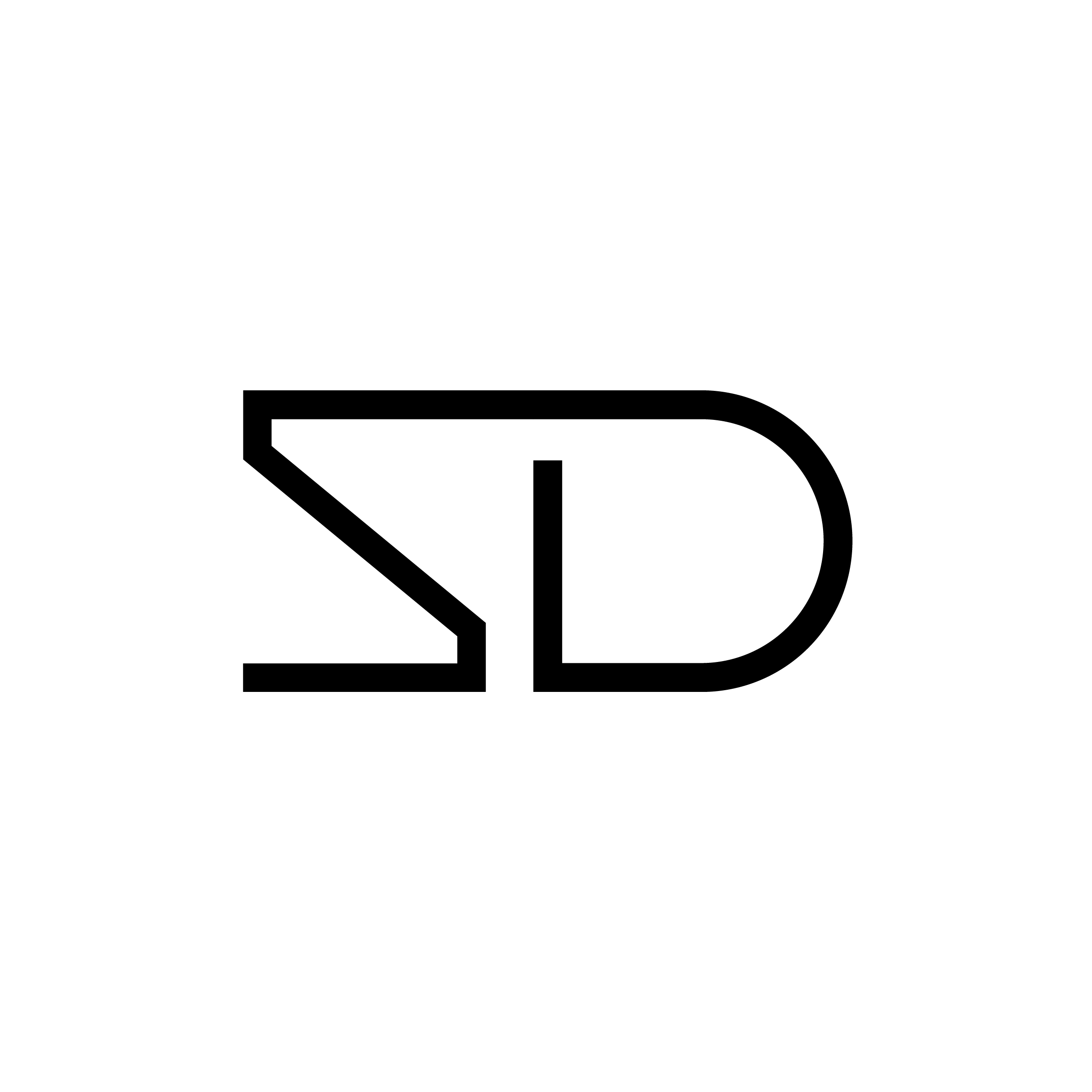The Trickle Movement in Fashion
The “Trickle” movement is a term used in the fashion’s marketing and advertising industries that works under the assumption that fashion trends flow from peer to peer, from higher class to lower class or the other way around. This movement has significant theoretical implications in the world of fashion as it implies a flow or "trickle" from one area of the industry to another. Let us go into more detail about this below…
The Trickle Down
The trickle-down effect works under the assumption that the lower classes seek to imitate the trends of the higher classes to claim and almost pretend a higher status themselves, while the higher classes seek to differentiate themselves by creating or adopting new fashion trends all the time.
The trickle down effect can trace its origins back to the 19th Century, with the work of Rudolf von Jhering, who was the first to write about it. He was the first to talk about how fashion trends filtered down from the upper classes to the lower classes. This way, he thought, the value of fashion is reduced to nothing when it has been adopted by everyone. Hence, the upper classes are compelled to find and adopt new fashion trends, which the lower classes will eventually adopt as well, and so on in an infinite cycle.
Here at Scarlet Destiny, we think it would be right to blame the very consumerist behaviour that has caused the industry to become one of the most wasteful ones, all to the trickle-down effect. Because everyone needs to show their wealth through their appearance and their fashion, these trend cycles keep moving fast. As the lower classes try to show their wealth by approaching a new trend, the higher classes and the big brands, come out with new exclusive trends! How does this translate in a big wasteful situation? The garments that hold the old trends simply get discarded, or at least they did until a decade ago, where many started being more mindful about trends and shopping.

The Trickle Across
In the trickle-across movement, fashion moves horizontally rather than vertically, between groups on similar social levels. Peers set the trend for other peers, as opposed to coming down from higher social classes. In this model, the particular fashion trend spreads very quickly from one group to another. Why?
Because of rapid methods of mass communication such as social media and marketing campaigns which lead to a natural trend following from fashion designers themselves.

The Trickle Up
The trickle-up movement is the opposite of the trickle-down effect. This means that specific fashion trends and looks start from lower-income groups, or the "streets" and then work their way up through higher classes and designer’s catwalks. A great historical example of this is the punk movement! Society began tearing their clothes, writing fun slogans and getting creative with safety pins and prints. This was completely initiated by the wider low classes and then emulated on the runway by designers. And while Westwood, Zandra Rhodes and McLaren certainly did not invent punk, no one commoditized and marketed the movement as successfully such as Vivienne Westwood.

Of course, the trickle effects have previously caused many issues with high street retailers selling copycats of designer’s works and continue to do so. These movements don’t just apply to the fashion industry, but to pretty much everything else. For example, we’re already seeing the new it-girl being ‘the goth girl’ this year, after one of Kylie Jenner’s latest social media posts! The trickle-theory is so important to know within the fashion and beauty industry to have a basic knowledge of trends and how they form.
[Information sourced on investopedia.com and glamobserver.com
Featured image sourced on canva.com
Image 1: Yves Saint Laurent AW 2013, Primark, Zara
Image 2: elle.com
Image 3: catwalkpictures.com]

